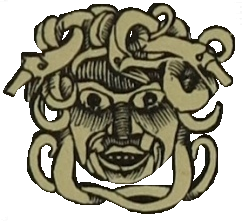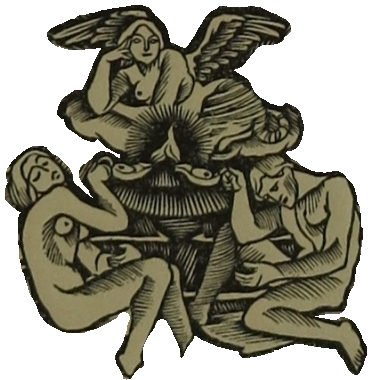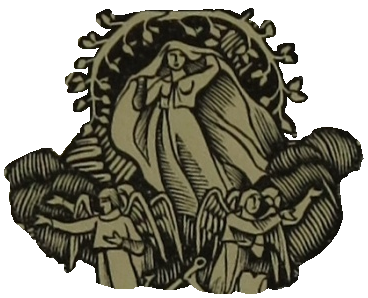Fáy
Dezső
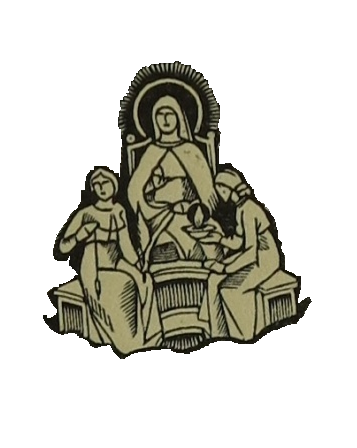











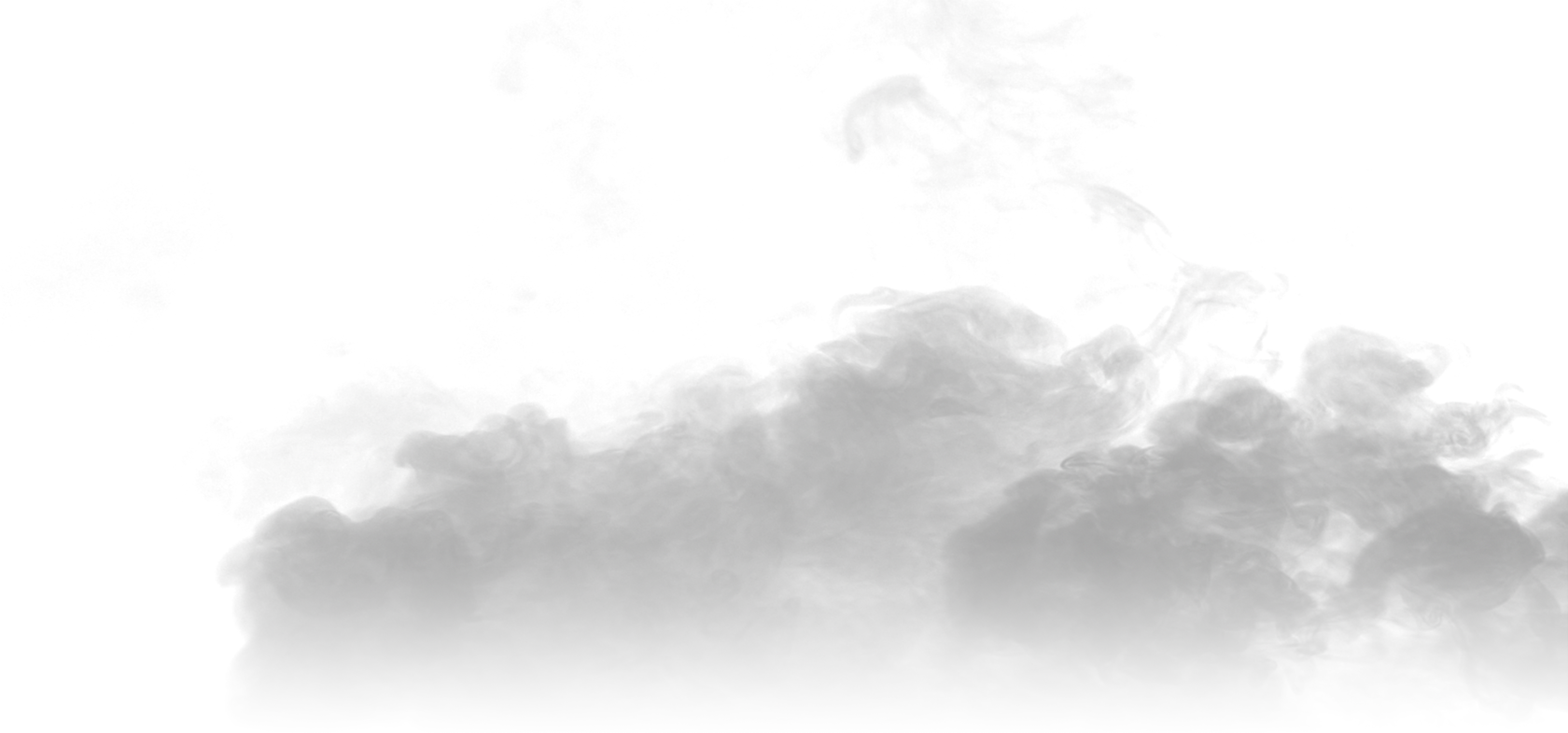
















































Fáy Dezső (1888 - 1954) is a Hungarian artist known and respected particularly from the 1920s and 1930s.
His greatest fortune came between 1928-1931 when the poet and translator Mihály Babits -who was working on the Hungarian version of Dante's Comedy in those years- invited him to make several woodcut illustrations for this new edition.
Dezső accepted the assignment recommended to him by his friend and from that moment on he became the first Hungarian graphic illustrator of the Divine Comedy.
His task was to summarize all hundred cantos of the text within the most varied and numerous illustrations.
His greatest fortune came between 1928-1931 when the poet and translator Mihály Babits -who was working on the Hungarian version of Dante's Comedy in those years- invited him to make several woodcut illustrations for this new edition.
Dezső accepted the assignment recommended to him by his friend and from that moment on he became the first Hungarian graphic illustrator of the Divine Comedy.
His task was to summarize all hundred cantos of the text within the most varied and numerous illustrations.













The illustrations for the Divine Comedy translated into Hungarian
The works created by Fáy Dezső encapsulate the whole essence of Dante's message and narrative, to which he adapts the Italian language to a personal artistic style.
In fact, the artist is capable of adapting several cantos into a single, complex representation with a total of 40 woodcuts.
Dezső takes as an artistic reference not only the 15th-century Italian woodcuts, but also recalls German art through the perspective study of the characters within the different otherworlds.
In fact, the artist is capable of adapting several cantos into a single, complex representation with a total of 40 woodcuts.
Dezső takes as an artistic reference not only the 15th-century Italian woodcuts, but also recalls German art through the perspective study of the characters within the different otherworlds.
Visit the Petőfi Irodalmi Múzeum
Károlyi utca 16, 1053
Budapest, Hungary
Budapest, Hungary
Petofi Museum of Literature
Open Tuesday to Sunday:
10 a.m.-6 p.m.
10 a.m.-6 p.m.
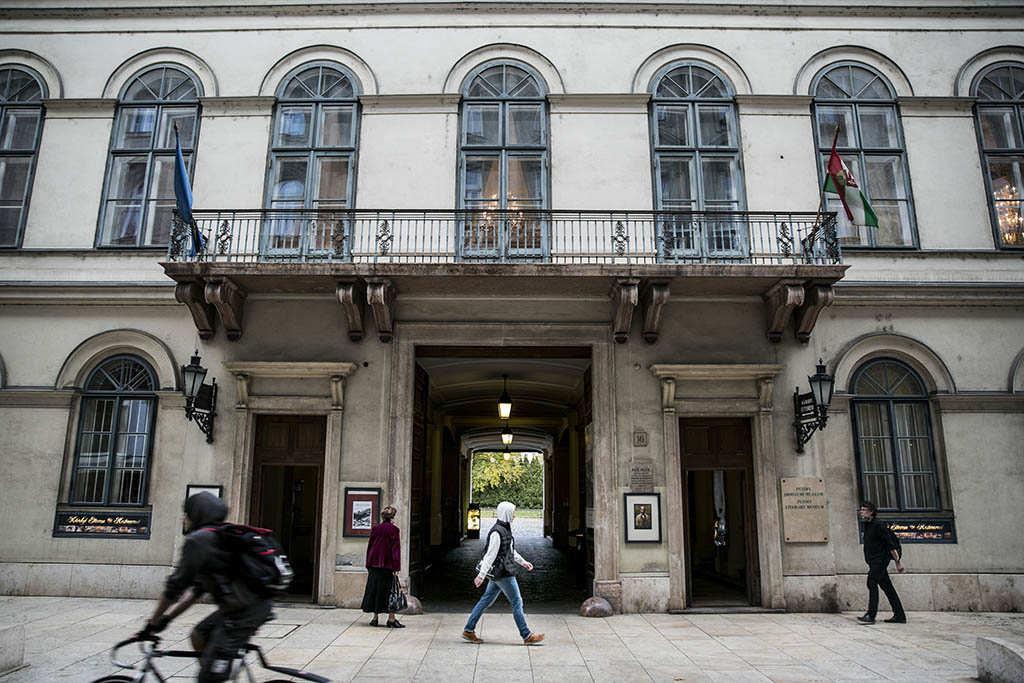
Website made by Zanna Giuliana with Tilda website builder
